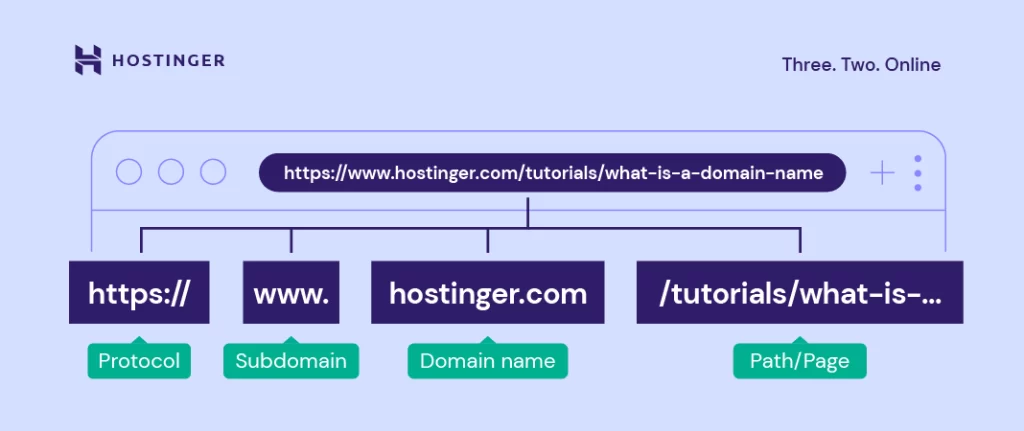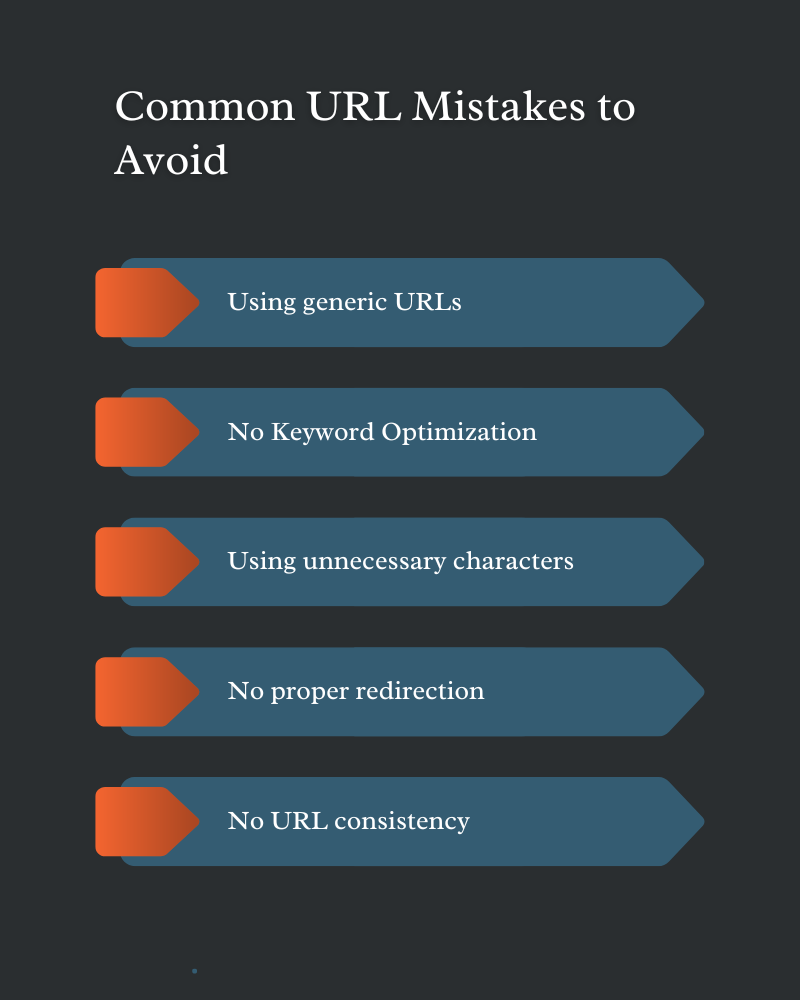When optimizing your website for search engines, URLs play an important role. Those seemingly random and unimportant strings of characters can actually have a significant impact on how well your websites rank in search results.
In this blog post, we’ll see the importance of having an SEO-friendly URL structure and explore some practical tips for creating URLs that not only are easier for search engines to crawl but also improve user experience. We’ll also discuss some common mistakes to avoid and share some tools and techniques for analyzing and optimizing URLs.
So, whether you’re starting a new website or looking to improve your existing one, this post will help you learn how to create an SEO-friendly URL.
Importance of URL Structure in SEO

The way your website’s URLs are set up can have a big impact on how well your site shows up in search results. If you have a clear and descriptive URL, it can help both search engines as well as users understand what your web page is all about.
Including relevant keywords in your URL is also helpful for search engines to know what your page is about. When your URLs are organized in a logical way with categories and subcategories, it makes it easier for search engines to crawl and index your website.
When you optimize your URL structure, it can also improve user experience by making your links more readable and easy to share.
It’s important to pay attention to your website’s URL structure to make sure it’s set up in the best way possible. By using relevant keywords, organizing URLs hierarchically, and creating user-friendly URLs, you can help your site show up higher in search results and make it easier for people to find what they’re looking for.
Best Practices for Crafting an SEO-Friendly URL
When it comes to making your website more visible in search results and providing a better user experience, optimizing your URL structure is an important step to take. Here are some best practices to keep in mind:
- Keep your URLs concise and descriptive with relevant keywords. Avoid using unnecessary numbers or symbols that don’t add value to the URL.
- Use hyphens instead of underscores or spaces between words in your URLs. This makes it easier for both users and search engines to read and understand the URL.
- Organize your website into logical categories or subdirectories. This helps create a clear hierarchy within your site structure and makes it easier for search engines to crawl and index your pages.
- Use static URLs containing actual words instead of query parameters whenever possible. This tends to rank higher in search results.
- Implement canonical tags on duplicate content pages with different URLs to prevent duplicate content issues from arising. This ensures that search engines know which version of the page is authoritative.
- Regularly check for broken or outdated links within your URL structure. These not only negatively impact user experience but also hinder crawling by search engine bots.
By following these best practices for crafting an SEO-friendly URL structure, you can improve your website’s visibility in search results and provide a better user experience.
Common URL Mistakes to Avoid
When it comes to optimizing your website’s URL structure for SEO, there are some mistakes you want to avoid. Here are some common ones:

- Using generic URLs: Don’t use URLs that don’t provide any meaningful information about the page’s content. Instead, use descriptive URLs that accurately reflect the content on each page.
- Ignoring keyword optimization: Keywords are important in SEO, and that includes within your URL structure. Make sure to use relevant keywords that accurately reflect the content on each page.
- Including unnecessary characters: Keep your URLs clean and concise by removing unnecessary characters like underscores, special symbols, or excessive slashes. Use hyphens to separate words within the URL.
- Neglecting proper redirection: If you change a URL, make sure to set up proper redirects from the old URL to the new one. This helps maintain link equity and ensures users aren’t met with error pages.
- No consistency: Make sure all pages follow a consistent format, making them easier for search engines and users to understand.
By avoiding these common mistakes when crafting your website’s URL structure, you can optimize it for better visibility in search engine rankings and a better user experience overall.
Tools and Techniques for Analyzing and Optimizing URLs
If you want to optimize your website’s URL structure for SEO, there are various tools and techniques at your disposal that can help improve your URLs. Here are some of them:
- Google Search Console: This free tool allows you to monitor your website’s performance in search results. It provides data on impressions, clicks, average position, and more for each URL. By analyzing this data, you can identify which pages are performing well and which ones may need optimization.
- Keyword research tools: Tools like SEMrush or Moz Keyword Explorer help you find relevant keywords related to your content and incorporate them into your URLs. This can improve their visibility in search engine results pages (SERPs) and attract more organic traffic.
- URL analysis tools: Tools like Screaming Frog or Ahrefs can identify any issues with your current URL structure such as broken links or duplicate content. These tools crawl through your website’s URLs and provide detailed reports on potential problems that should be fixed for better SEO performance.
- Schema markup: This helps categorize information such as product details or company contact information so that search engines display rich snippets in SERPs.
- Site speed monitoring: Using tools like Google PageSpeed Insights or GTmetrix can help optimize user experience, as slow-loading pages negatively affect both user satisfaction and SEO rankings.
By using these tools and techniques to analyze and optimize your URLs on a regular basis, you can keep your website’s URL structure SEO-friendly while continuously improving its performance in search engine rankings.
Conclusion
Crafting an SEO-friendly URL structure is essential to optimize your website for search engines. By following the best practices outlined in this article, your URLs can be easily understood by both users and search engine bots.
Keep your URLs concise, descriptive, and organized, and avoid using unnecessary parameters or characters that can be confusing. Regularly analyze and optimize your URLs using tools like
Google Analytics or SEMrush. Also, consider mobile optimization and ensure that your URLs are responsive and compatible across different screen sizes for a seamless user experience. Follow these best practices and stay up-to-date with the latest SEO techniques to create a solid foundation for driving more traffic and achieving higher conversions on your site.



